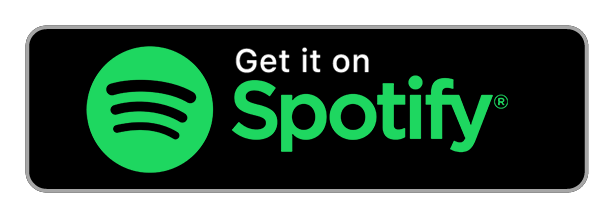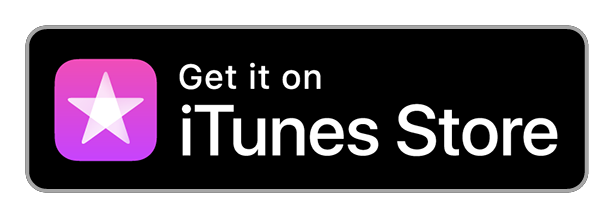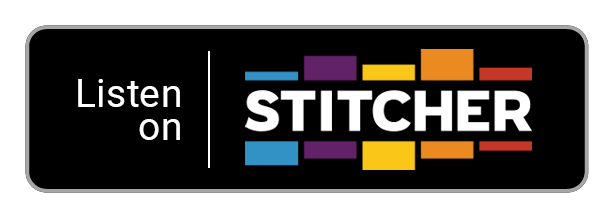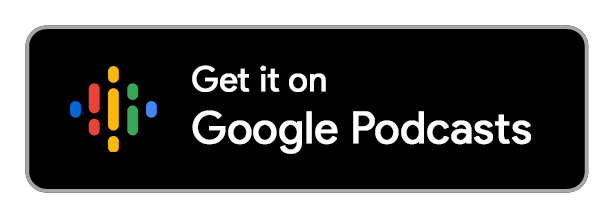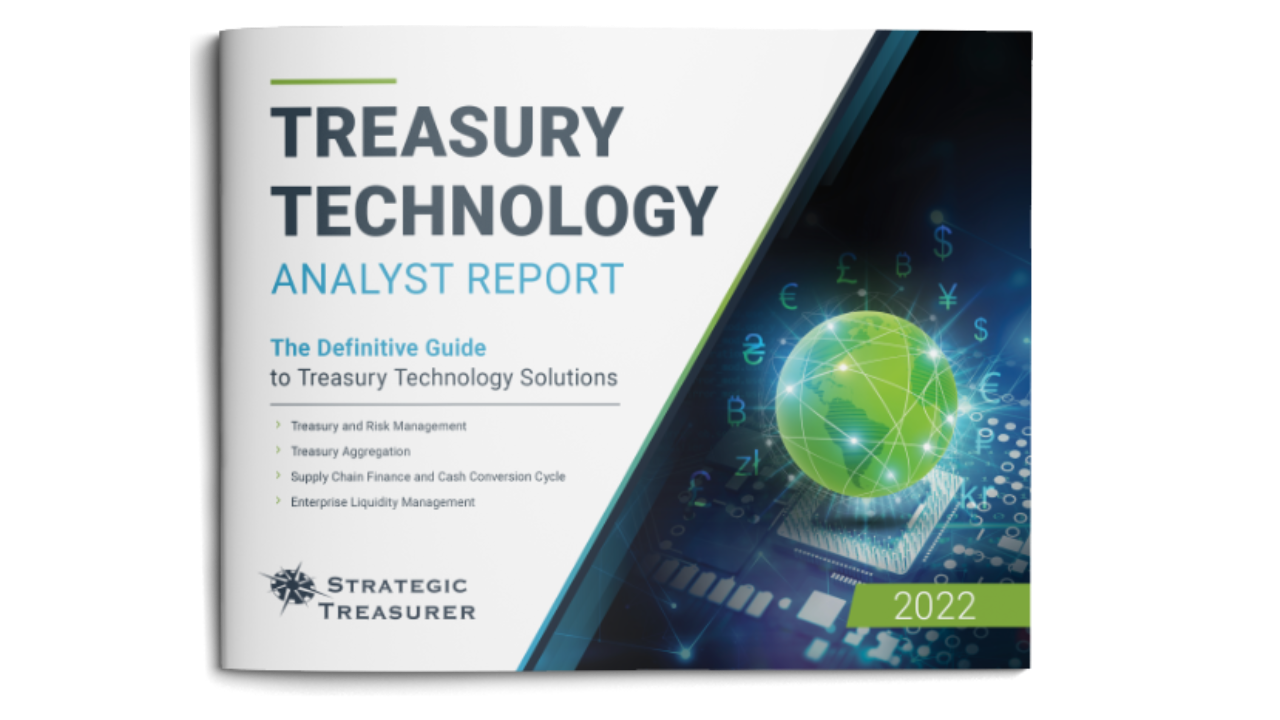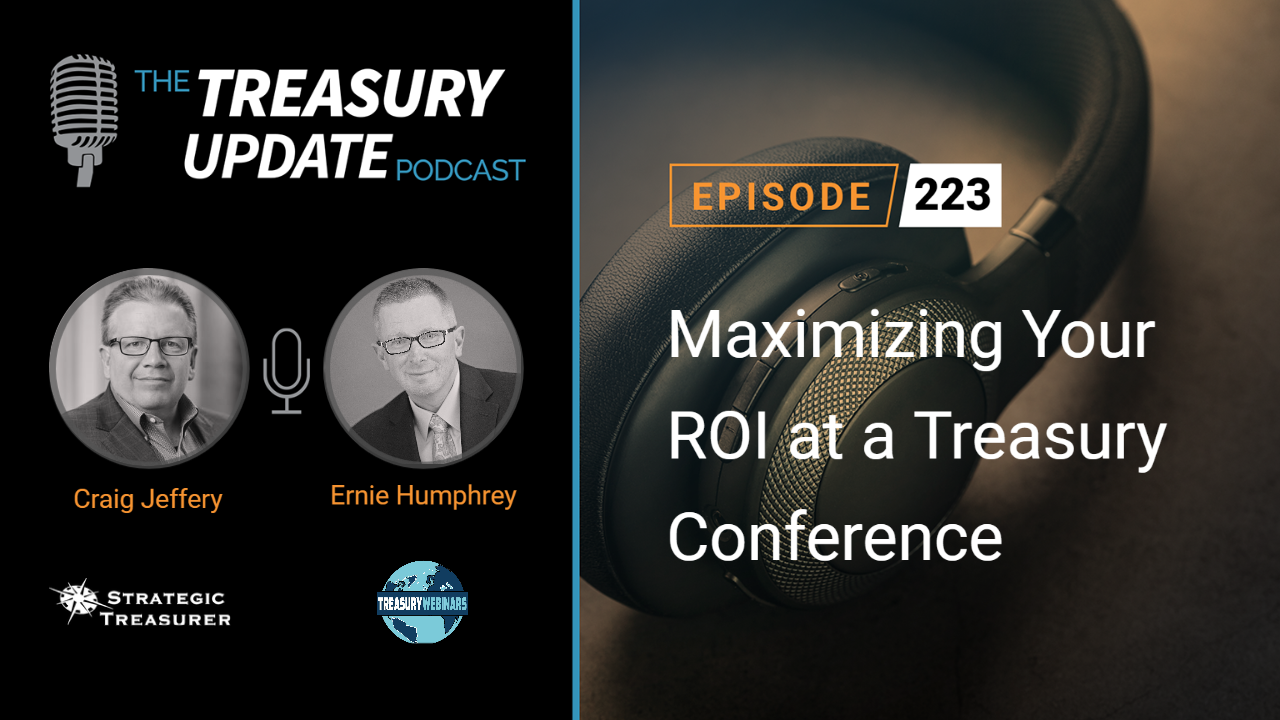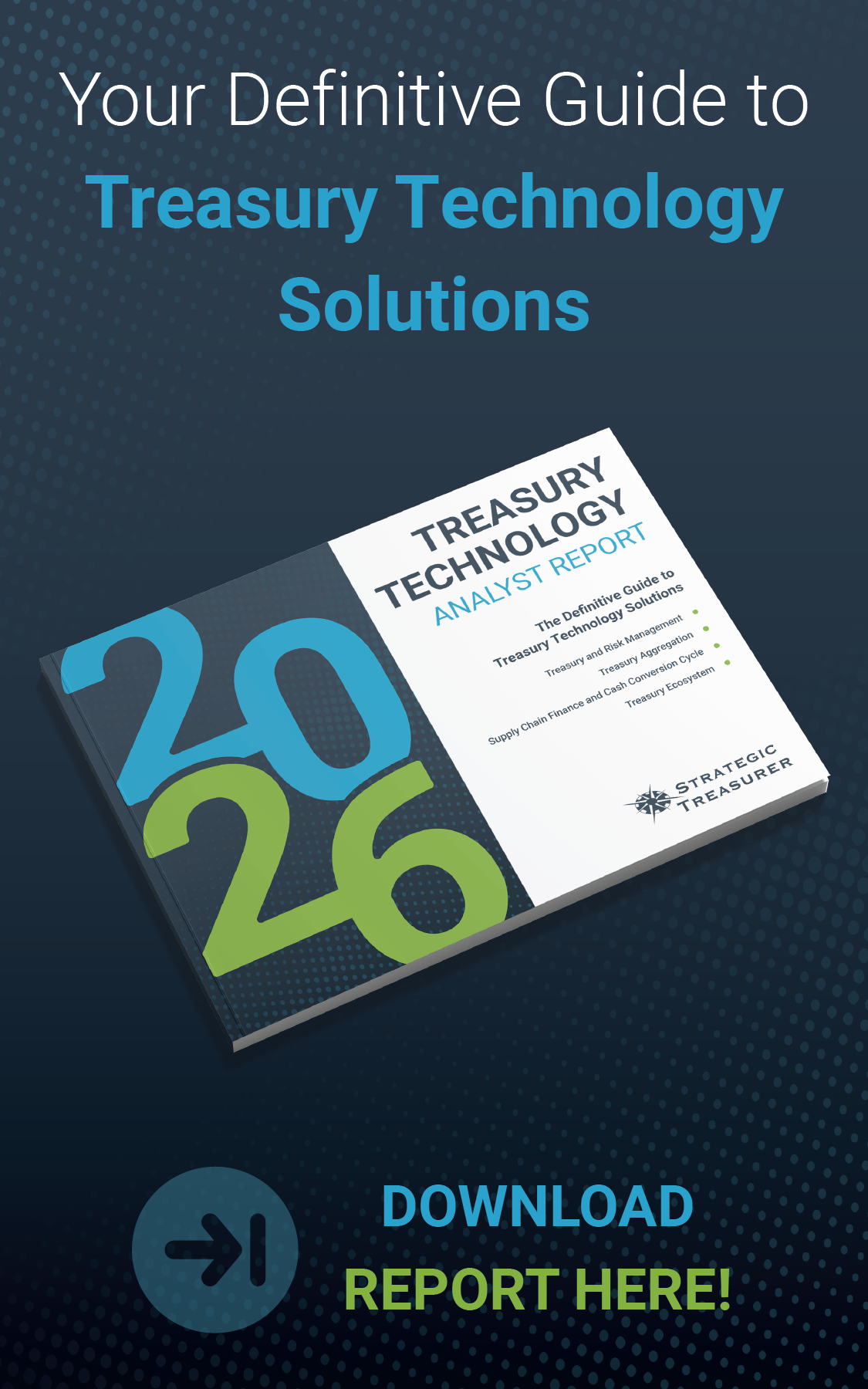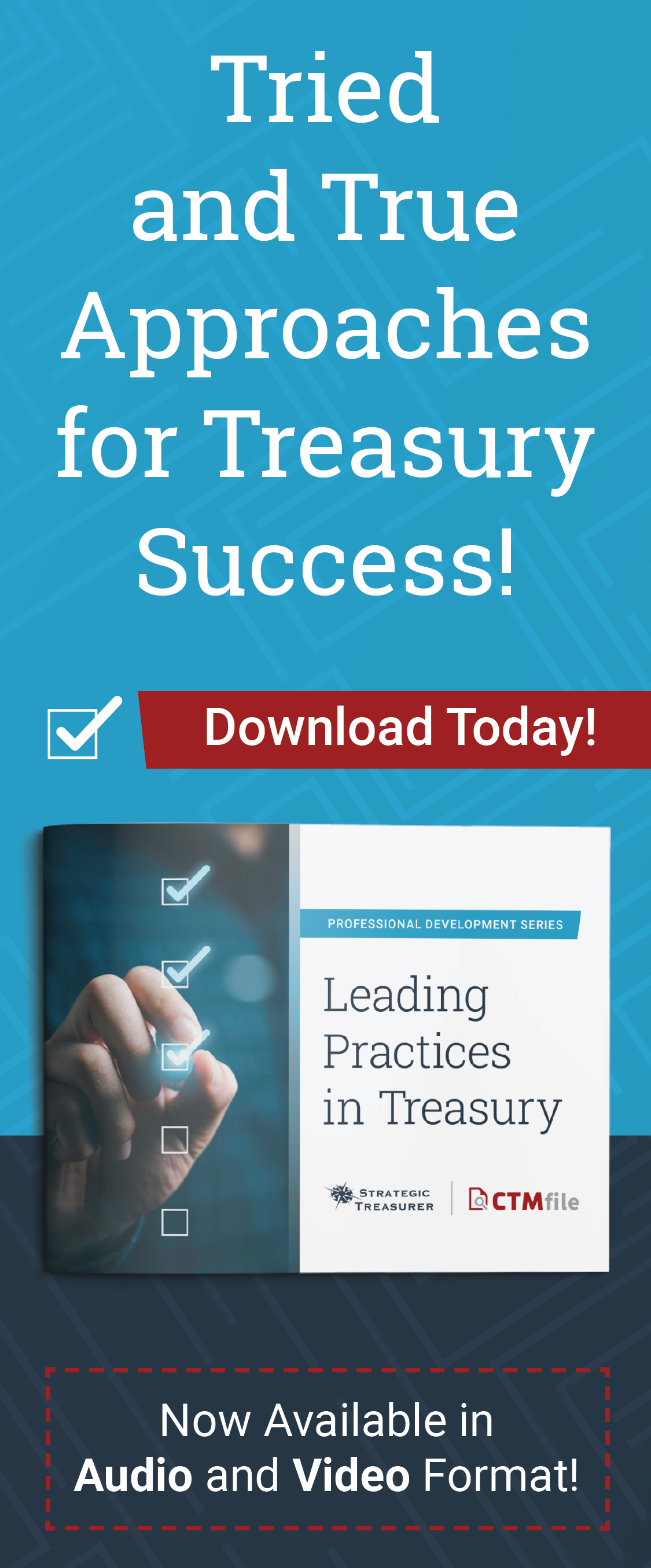
Episode 224
Maintaining a Platform Mindset: Using Technology to Collaborate
Everyone benefits from smoother, more efficient communication rails. Accountability, visibility, and effective collaboration are all improved when you can quickly leave feedback in a clear and organized manner. Ernie Humphrey of Treasury Webinars joins Craig Jeffery in a discussion on software design to enable treasurers to mitigate time spent on the phone and time spent searching for disorganized information.
Host:
Craig Jeffery, Strategic Treasurer

Speaker:
Ernie Humphrey, Treasury Webinars

Episode Transcription - Episode #224 - Maintaining a Platform Mindset-Using Technology to Collaborate
Announcer 00:04
Welcome to the Treasury Update Podcast presented by Strategic Treasurer, your source for interesting treasury news, analysis, and insights in your car, at the gym, or wherever you decide to tune in.
Craig Jeffery 00:19
Welcome to the Treasury Update Podcast. This is Craig Jeffery, I’m the managing partner of Strategic Treasurer and today’s host on the Treasury Update Podcast session. Our episode is called A Platform Mindset Using Technology to Collaborate and I’m joined with Ernie Humphrey from Treasury Webinars as well as some other businesses that he runs. And he’s been on the Treasury Update Podcast a few times before, and I’m glad to have him here again. Ernie, welcome to the today’s podcast.
Ernie Humphrey 00:52
Thanks, Craig. Always a pleasure. And I appreciate your willingness to address a topic that is not considerably mainstream, but things where I see there’s a real need and a focus for us to add more value in the treasury profession.
Craig Jeffery 01:07
This podcast originated out of a discussion about using technology to collaborate and we were talking about accounts payable, accounts receivable. And you know, the idea of, you know, being able to collaborate on certain items, maybe you could talk about what you mean by using technology to collaborate. And then I want to say a few things about platforms because I think those things dovetail in together and are useful whether you’re in AR, AP treasury, or any area of finance, so maybe you could start us off there.
Ernie Humphrey 01:38
So really, where this really became really a topic of mine, I was very steeped in AP automation solutions for a while. And then I actually had the opportunity to work with work at one of the AP automation solution providers for a bit. And they actually had this idea where the invoice comes to life, you can go into the invoice, you can see all the backup material, you could ask questions within the software, have a what does this mean? What does that mean? So sometimes the supplier, you might have questions, right? But you can do that within the platform, you reduce asymmetries of information, you can collaborate, maybe you’re like, hey, I don’t want to approve this yet. So as an approver, it gives you the ability to make an informed decision. And so you’re communicating within a platform, and then you have all the backup information available to you to ask the question, but also, you can send back and forth, hey, here’s a link to the PIO. Here’s a link to whatever. So it really mitigates the time span, I would say it mitigates the friction, internally and externally with AP, the AR solutions have the same type an AR, the ability to maybe collaborate with sales, right? You don’t want your AR people poking your customers in the eyeball. So you can collaborate in real time. But you can also collaborate in a place where information is being pulled in from your ERP, it’s being pulled in from a lot of different places, you can look up customer trends, so you can have an informed conversation, live within the platform. So that’s kind of where this idea has all come together. And the more that I look at technology, the more I look at that, and I don’t see the providers really showing that’s part of the ROI is you mitigate time spent on the phone, right? It’s amazing how much time is spent both by AP and AR on the phone about things because they don’t have the same information, or they can’t collaborate effectively, for a number of reasons.
Craig Jeffery 03:44
You know, so you mentioned, you know, example of being able to collaborate at the same time, you know, being working on the same platforms have the same view, do you find it also provides the ability to collaborate where there’s a time difference? I can go in and respond to something, but instead of it being lots of emails, I’m communicating the other person, when they have time, advances it to the next step? What level? Is that a, is that a significant advantage to have these platforms with this collaboration tools?
Ernie Humphrey 04:13
Yeah, I mean, it can be I mean, the hard part is the life part, right. But it definitely facilitates you having one place and sending out notifications and not getting lost. So yeah, it’s great to go in the first thing in the morning, and you don’t have to go through all your emails, you immediately know, hey, Craig made a comment. I need to take care of that stuff. So yeah, I can absolutely. It removes the friction and allowing people to collaborate right as quickly as I can. But also if people are up work late, late at night, you know, like me have your phone on? Dang. Oh, in that platform, right, then you might have the opportunity to have that, especially if there’s an emergency and you don’t want to do cell phones. So yeah, it’s definitely a way to keep that. keep that conversation going in the efficiency. resolving potential issues or cutting those off at the past, right? Maybe it’s the next day, you better be joy, you better be careful, you’re gonna get this phone call. So it’s also for that as well, helping people know that there’s something that might be coming their way. And here’s the information, you might need things of that nature also important.
Craig Jeffery 05:16
Yeah, you know, the the shared mailboxes, the constant emails can get overwhelming when the volume reaches a certain level. But earlier, I wanted to give a a bit of an example or observation on let’s just save the payment side. I mean, I know you’re familiar with Swift, many people know about Swift, but as a, as a messaging platform, the the messaging process, let’s say was for payments, if someone would send a message in it, go to Swift swift would, you know, check it syntax deliver, deliver the message to the, let’s say, the recipient bank, and then the payment would be effectuated are executed. If there’s a problem, there would be some process where it comes back to the originator and says, you’re missing data, there’s an issue, or it might be a really long time before that happens. And then you send out some kind of research. And then, you know, a week after you sent the payment, you found out Oh, it got stuck. In this intermediary bank, there was some type of problem, you know, what they’ve done. And I know, this is not about AP or AR, but their new payment platform is, items are there, it’s not just a message that gets handed off and passed back, you know, in this linear fashion, I get it, I send it, I have a record of it. It’s now it’s on a, it’s in a platform, the other party, can they receive it, if there’s an issue, they can add additional information, everyone has visibility to it, you can work on it, it’s just a different way of working on the payment front. And as you were talking on the AP and AR side, I think of it is, you know, this platform mindset changes how payments are going to be done, how we work on, you know, AP and AR I mean, it’s impacting a lot of areas of finance, I’d love for you to just comment on that or, or draw any parallels or distinctions on some of these other items that you were talking about?
Ernie Humphrey 07:08
That you mentioned, way back in the day, I wrote an article for AFP called The Payments Detective because I used to spend some time trying to track down money and see where it went and what was going on. So absolutely being able to go in and seeing what the actual payment status is, and people giving that visibility, right. You say sent the payment. Okay, let me see it right. Or you can see, you can get some insight into where it’s stuck. And yeah, being able to plug in to Swift because usually, if there was an intermediary bank, once I send a swift message, they magically find the money, you know, and all that good stuff. But yeah, that saves hours and time, days of time, especially working capital, what it’s about and maybe you’re trying to emerge or you’re an acquisition, you’re trying to fund a FX trade, you’re trying to do a Counterparty thing. So yeah, that is incredibly important. And absolutely the ability to plug in, and someone who sees the issue can go in and help mitigate the issue. And then again, it’s just it builds trusted relationships. Right. You can see where it is. Not that you want to but it’s not my fault lost the bank. Okay. We can help the bank right, because they’re going to sit on it. Because their bank. Right. But sorry, banks as is true. So yeah. So I see the parallels there. And I think it’s interesting, the opportunity, right to pull in, you know, so what I was talking about more, you’re pulling in kind of, you know, internal messaging, but the ability to hook into something like swift now, that’s really cool. I don’t think I’ve heard of that. So yeah, that’s, that could be a game changer, especially for companies that are doing global payments across the world.
Craig Jeffery 08:43
You just said something that that triggered another thought the when there’s a platform, and there’s all this lack of visibility, where’s the payment, like you said, you send this research message. And that’s when you would find it. And then the person who was sitting on it, you know, people sit on it, they send it after certain amount of time, or they wait till the message comes? Well, now there’s visibility and transparency to that. So you can see how long and the pressure to perform is, grow substantially. Same thing with working and communicating internally on on items like you were you were talking about? What’s the end goal? The end goal, I would say is not that we want to collaborate and get people involved on messages and doing that we’d rather have it be automated if we could this end to end automation to avoid contact. The reality is there’s there’s always going to be some of that. And to the extent we can’t do this automation, we’re going to have some of these doctors call them defects right? Every time there has to be a human involvement. There’s we can call defects or just manual processes, and that needs to be made smoother and more efficient. What do you think about that as terms of one that we’re on the track to do more and more with automation, and leverage automation for You know, the communication that has to be that has to involve people? How should we be thinking about that over the next few years?
Ernie Humphrey 10:07
One of the companies that I work with, it is about being a a better way to do a shared inbox, which you talked about. So there’s actually AI and machine learning involved. So there’s rules, a customer inquiry comes in, right? It gets put in a bucket. And then there could be an automated message that goes out. And sometimes it’s cool. It’s like, Where’s my money or whatever, it gives them a link and shows a payment status, right? And then if certain things happen, right, then that can go to that, you know, next message right to that person. But it’s, but you can also automate that into some sense, because whoever is going to make that response, has to understand the tone is this is a culture, every interaction you have with a customer should have a goal. And you should track it. Every time you talk to a supplier, you should have a goal. Get people to be mindful, right? We want to have conversations, but the AI and machine learning part of this can really help us mitigate you know those because there’s kind of there’s it’s like FAQs, right? How many how much time to eight people spent on the phone answering the same question from different customers. So once you define and work on those reason, codes, right for the interaction, and start, you can mitigate those, and you never fix everything. But the important point you made was that we can spend all the time maximizing trying to get straight through, but then the things that fall out, those take more time than the efficiency gains. So I mean, it’s about going into the weeds and talking to people and understanding and having visibility right into these communications that are going on. And why why are they happening? What’s the outcome? What are the trends? How do we train our folks to recognize issues before they come issues? And we’re actually pretty close to that. I mean, it’s there. But I still have caution, just because you have to invest in it. But I don’t know, it can’t be too or it can be automated sound, but it has to be personalized enough. So it’s just not blatantly obvious that you’re not someone’s not spitting out some message to me, and it doesn’t make sense. And it’s not personalized. So we have to be careful on that front.
Craig Jeffery 12:19
I think we’ve, we’ve all experienced the the overly roboticized is like the spellcheck on all are the autocorrect on you know, from an evil computer that we that we’ve experienced. But yeah, some really good information there. Any final thoughts on collaboration, the platform mindset?
Ernie Humphrey 12:42
investing in collaboration and realizing how to leverage technology. You want to mitigate the friction you have with your suppliers, and you want to mitigate the friction with your customers. Make it easy to get paid. Make it easy to be right a good customer. That’s what the goal is remove the friction, build those relationships, and technology can help us have the time to do that in the most efficient way possible.
Craig Jeffery 13:09
Excellent. Thank you, Ernie. Thanks so much for for spending some time sharing some of your views and experience today.
Announcer 13:16
You’ve reached the end of another episode of the Treasury Update Podcast. Be sure to follow Strategic Treasurer on LinkedIn. Just search for Strategic Treasurer. This podcast is provided for informational purposes only, and statements made by Strategic Treasurer LLC on this podcast are not intended as legal, business, consulting, or tax advice. For more information, visit and bookmark StrategicTreasurer.com.
Subscribe to the Treasury Update Podcast on your favorite app!
Related Resources
Treasury Technology Analyst Report
Researching new treasury and finance technology can be overwhelming. Strategic Treasurer has stepped in to help. Explore our definitive guide to the treasury technology landscape and discover detailed, data-based coverage of treasury technologies.

